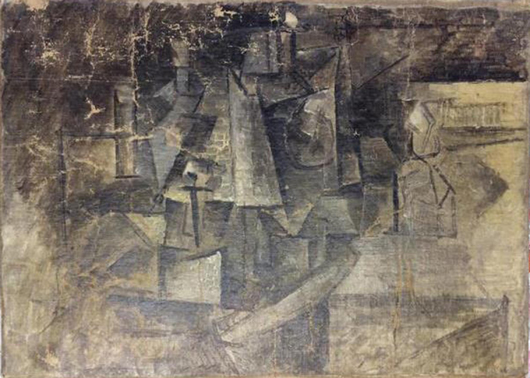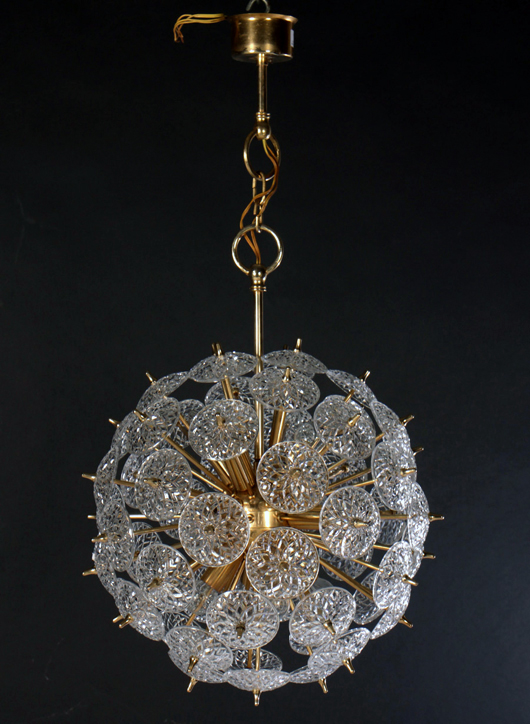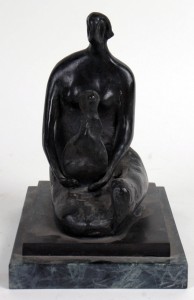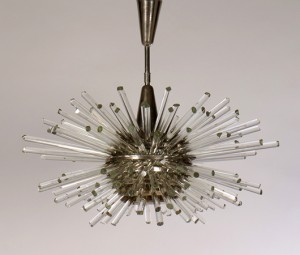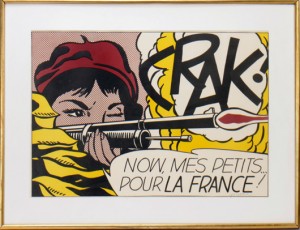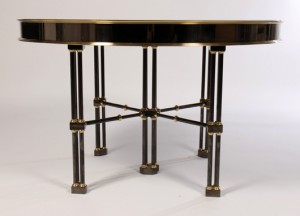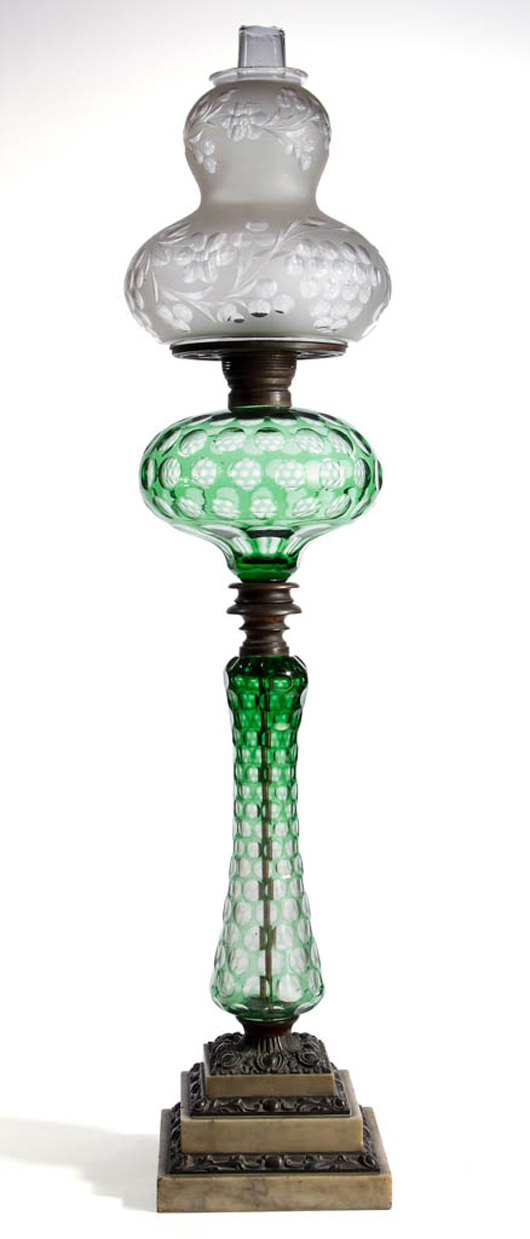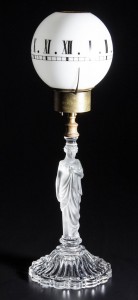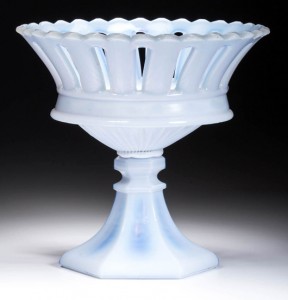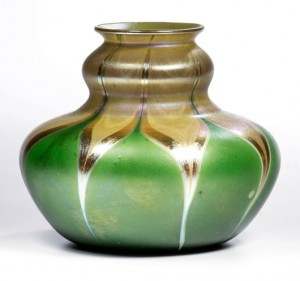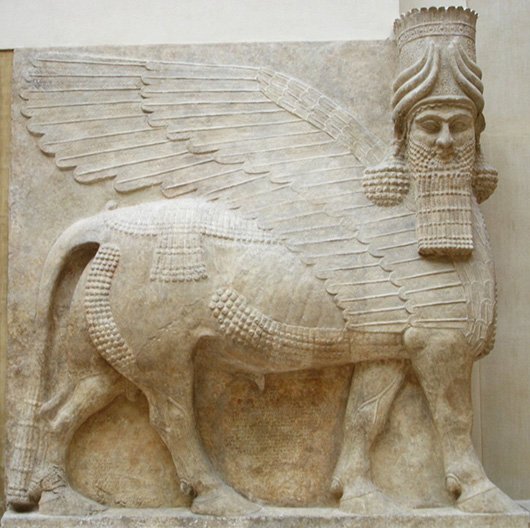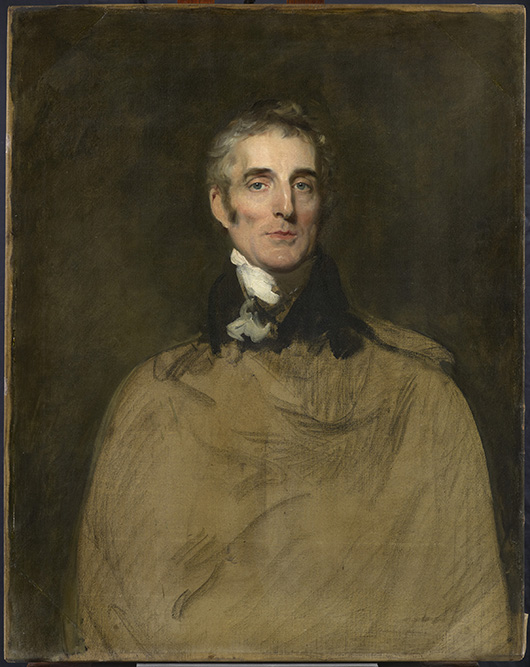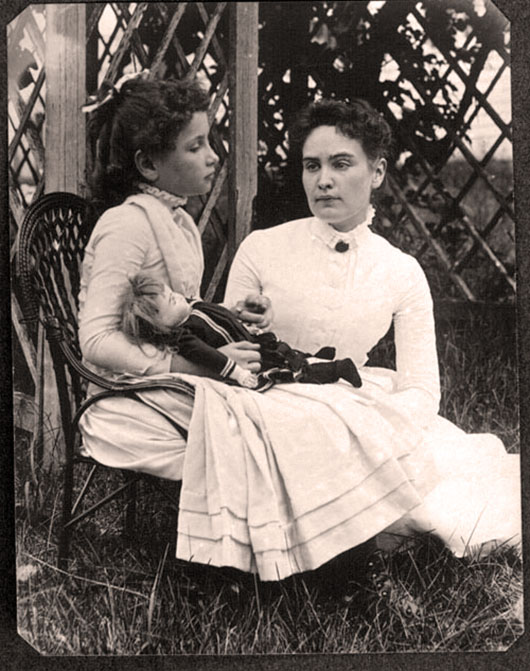PHILA., Pa. – Kamelot Auction House will host their annual mid-century furniture and design sale on Saturday, Feb. 28. This design-focused sale will feature a breadth of 20th century furnishings including mid-century modern, Art Deco, Jansen, French, Italian and English designs. Prominent artisans are well represented with pieces by Paul McCobb, Hans Olsen, Aldo Tura, Aalvo Alto, Karl Springer, Milo Baughman, Edward Wormley, Andre Arbus and many others.
LiveAuctioneers.com will provide absentee and Internet live bidding.
The sale will open with an unusual upholstered settee attributed to Edward Wormley for Dunbar having flared arms supported by a walnut and bronze stretcher, circa 1970. The lot has an estimate of $800-$1,200 and is among two other Dunbar lots from a prominent Delaware estate in the sale, lot 587, an upholstered and button back tailored Dunbar sofa, Model 5407, design by Edward Wormley, circa 1970, (est. $500-$700), and lot 606A, a labeled Dunbar travertine top table along with a rosewood pedestal and a Karl Springer- style occasional table marked “Made in Columbia” (est. $200-$400). A large Saarinen dining table having oval marble top supported on painted cast-iron base, circa 1970, (lot 496) is predicted to sell for $2,000-$3,000, while a Brazilian patchwork dining table is estimated at $1,000-$1,800 (lot 89). Lot 237 is a very good Jansen-attributed blued steel and bronze dining table having inset black glass top over bronze trimmed apron. Estimated at $3,000-$5,000, the table has three leaves, two of the leaves being skirted. Likely to pique strong interest is lot 438, a pair of Teruaki Ohashi aluminum lounge chairs having wing-form backs and rolled-front seat, circa 1985, estimated at 2,000-$3,000, accompanied by lot 439, a Tervak Ohashi aluminum coffee table having a pierced oval top, circa 1985, estimated at $1,500-$2,500. Another top contender for design enthusiasts is lot 282, a rare Arne Jacobsen Sevener office chair, model 3117, early 1950s design ($1,000-$1,500), as well as lot 309, an unusual mid-century modern faux bois decorated refrigerator having abattant-style painted front and turned wood handles ($700-$900).
A selection of more than 40 period Art Deco offerings is highlighted by a sophisticated pair of Art Deco-style macassar banded two-tier end tables in the manner of Rhulman (lot 128, $1,000-$1,800), along with a serpentine front Art Deco ebonized sideboard having two central diamond etched pink mirrored doors flanked by two fluted doors, circa 1930, (lot 138, est. $2,000-$3,000). Lot 134 is a French Art Deco gilt wood carved and painted settee having stylized floral crest rail over rolled arms and upholstered seat, circa 1930, (est. $1,200-$1,800), and is accompanied by a pair of matching side chairs (lot 135, est. $500-$700) and a pair of matching bergere chairs (lot 136, est. $2,000-$3,000).
A scope of lighting fixtures, comprising over 100 lots, will indeed bring further enthusiasm to the sale. Among the mid-century modern offerings is a Fontana Arte glass and nickeled bronze five-arm chandelier, circa 1960, which is estimated to sell for $1,000-$1,800 (lot 400). Expected to spur sizable competition among buyers is a Bakalowits & Sohne sputnik chandelier, Austria, circa 1960, estimated at $4,000-$6,000 (lot 16). Also featured in the sale are several sputnik-style chandeliers including lot 500, an interesting chrome fixture having floral-shaped glass shades around a central chrome sphere, circa 1970, (est. $600-$900), along with lot 397, a sputnik-style brass and glass disk decorated chandelier (est. $800-$1,200).
A small but select group of mirrors will be showcased. Choice highlights include a matched pair of bone framed octagonal mirrors set into silvered metal frames with embossed horse shoes (lot 100, est. $1,000-$1,800), and an Art Deco silvered gilt gesso carved mirror having stylized floral decorated panel over beveled mirror, circa 1930, (lot 170, est. $800-$1,200). A pair of gold painted and gesso sunburst form mirrors, circa 1960, (lot 68, est. $1,000-$1,500), as well as a good Italian giltwood starburst mirror having a central convex mirror, circa 1950, (lot 69, est. $700-$900), are among the several decorative sunburst mirrors on offer in this auction.
A selection of fine and decorative art lots will also be available in Kamelot’s sale. Highlighted fine art lots include two original Roy Lichtenstein lithographs (lot 223, est. $500-$700 and lot 224, est. $500-$1,000), two original Marc Chagall lithographs (lot 225, est. $400-$600 and lot 226, est. $500-$1,000), and an original Henri Matisse lithograph estimated at $500-$1,000 (lot 227). The decorative arts category is led by lot 177, an Ernest Trova “Falling Man” stainless steel sculpture dated 1985 with foundry mark and edition 5/8, circa 1985, estimated at $1,000-$2,000, and lot 181, a 149-piece sterling silver Georg Jensen Acanthus flatware set along with an assortment of Tiffany sterling, Marthinsen Norway silver plate silver, and Frigast sterling pieces estimated at $5,000-$8,000.
The auction will begin at 10 a.m. Saturday. For details contact Kamelot by calling 215-438-6990.
[button color=”black” size=”big” alignment=”center” rel=”follow” openin=”samewindow” url=”https://www.liveauctioneers.com/catalog/67395_mid-century-furniture-lighting-and-dec-arts/page1″]Click to view the catalog at LiveAuctioneers[/button]


